UNA MESA LIGERA PERO ATRACTIVA
La idea desde la cual el diseñador comenzó a trabajar en Manfred, fue la búsqueda de conjunción entre dos áreas muy distintas: el lenguaje formal de la aeronáutica sobre el mobiliario cotidiano de un hogar.
Con este objetivo, el proyecto explotó al máximo las características y la belleza de la estructura rígida pero escultórica de las alas del avión de madera, captando su belleza formal intrínseca.
Desde el comienzo, la intención fue la de dibujar estas características sin hacerlo demasiado evidente y, por lo tanto indiscutible, dejando la posibilidad al observador de interpretar a su antojo el objeto, pero despertando en él la curiosidad y un recuerdo del pasado.
La estructura está hecha de madera italiana, cortada a máquina y lijadas a mano. El acabado final de la superficie de la mesa es conocido como “Danish soap finish”, una técnica de acabado antigüa y casi extinguida que utiliza una mezcla de agua y jabón, y que protege su superficie dejándola suave como la seda.
La superficie de la mesa es de cristal templado la cual crea, técnica mediante, un efecto “nube” que hace desaparecer en la estructura de madera debajo, haciendo que parezca que se suspende. Este efecto ayuda en la idea de lograr liviandad en la mesa.
La mesa ofrece una mezcla de la artesanía tradicional con las últimas técnicas de producción, poniendo de relieve cómo estos mundos aparentemente opuestos -de la tradición y la modernidad- pueden coexistir en armonía y desempeñar un papel decisivo en la creación de un nuevo mundo de artefactos y muebles.
MANFRED: ANCIENT AND MODERN IN THE SAME OBJECT
The table Manfred borns from the collaboration of industrial designers Francesco Frulio, Stefan Lechner and Samuele Miatello. The project evolves from the idea of creating pieces of furniture inspired by the lightness and structural strength of the first wood-framed airplanes.
The key idea, from which the designer started, was to transfer the airplane world’s formal language onto domestic products, creating a juicy tension between these fundamentally diverse areas.
Hence, the project has fully exploited the peculiarities and hidden beauty of the rigorous, thus sculptural structure of wooden airplane wings, grasping its intrinsic formal beauty.
Intention from the beginning was that of draw these features without making them too obvious and therefore discounted, leaving to the observer the possibility to interpret at will the object.
The attempt was to create a piece of furniture that recall to archetype forms, arousing a sense of dejavu in the observer and then liaising with its slumbering memories, thus stimulating his unconscious.
The structure is made of Italian beech and cut by means of a 3-axis CNC milling machine of plywood’ sheets of different thickness, that are carefully refined and sanded by hand once extracted from the machine. The designers also wanted to explore different possibilities concerning the final finishing of the wood surface instead of relying on existing products. In this exploration, the designers come upon a finishing technique known as Danish soap finish.
This old and almost extinct finishing technique uses a mix of soap and water that, once carefully passed on the wood, protects its surface and gives it a smooth and silk-like touch. The tabletop is made from tempered crystal cut by means of a water-jet cutter. The prior hand-made sandblasting, creates a vanish effect on the structure underneath, making it look like it was suspended over a cloud and emphasizing the overall idea of lightness by giving it this float-like appearance.
By mixing traditional craftsmanship with the latest production techniques, the table also highlights how this two apparently opposite world of tradition and modernity can coexist in harmony and play a decisive role in creating a new world of artifacts and furniture.

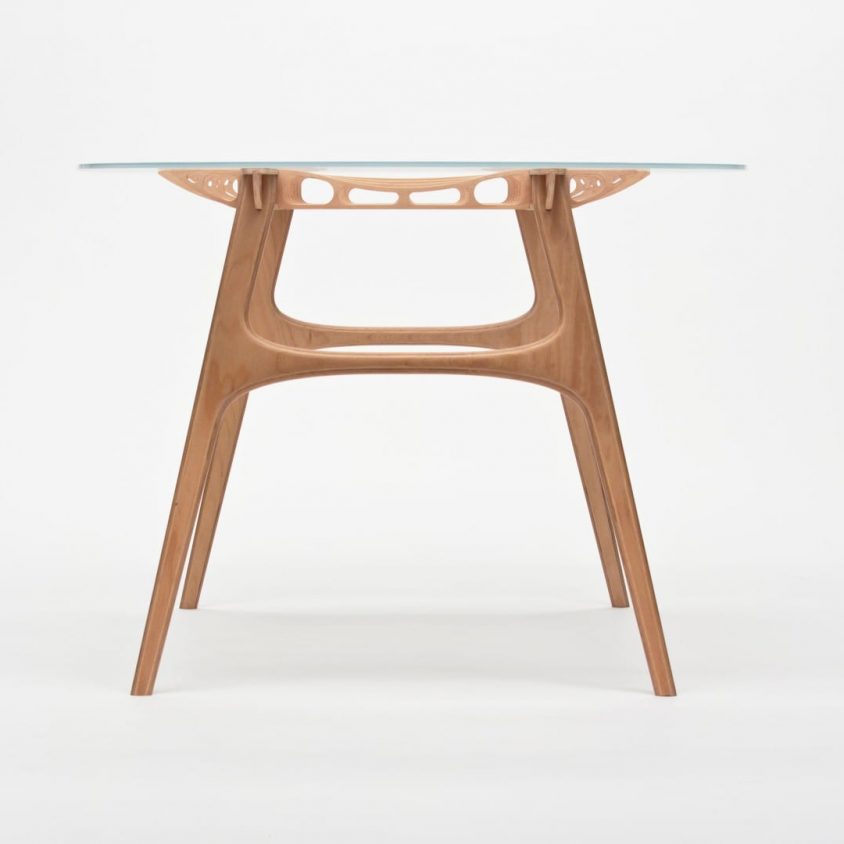
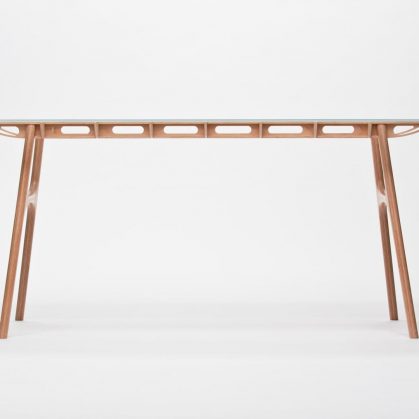
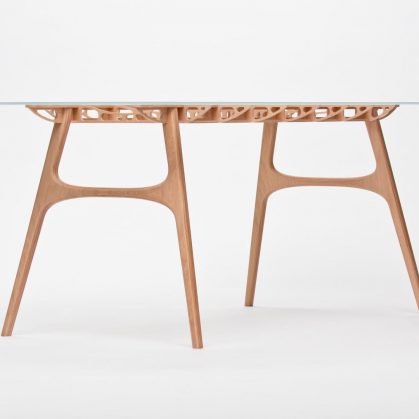
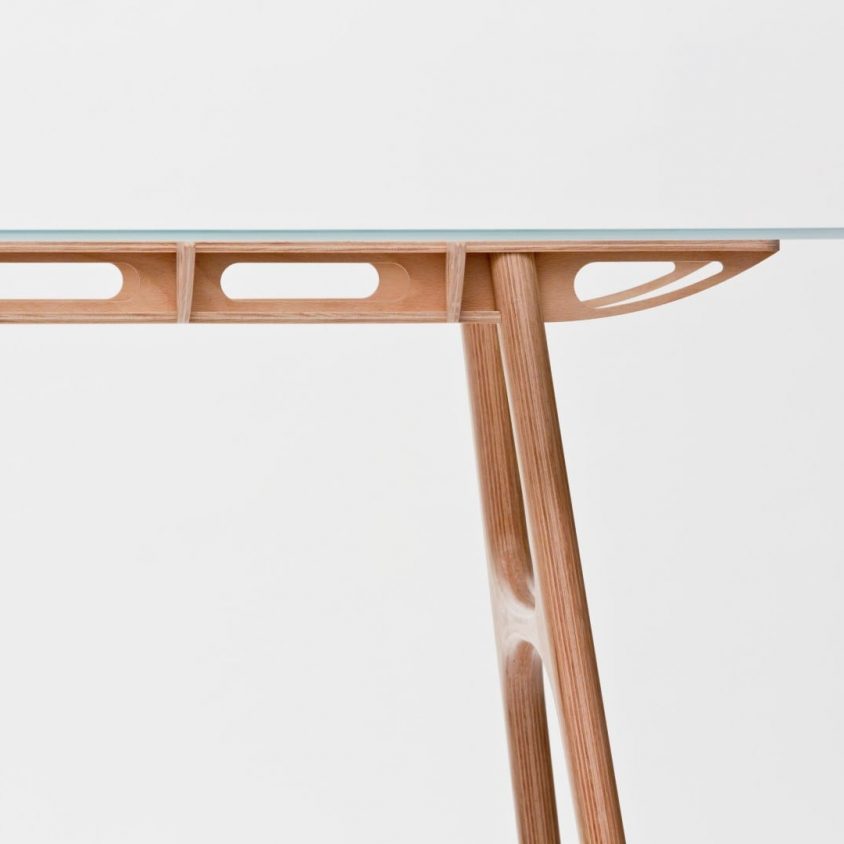
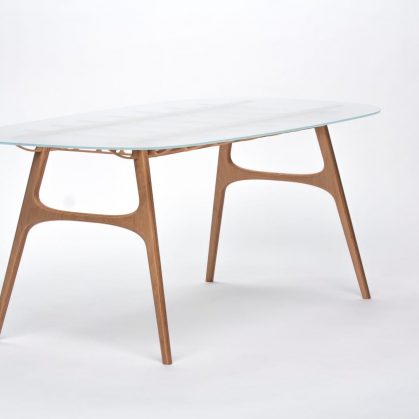
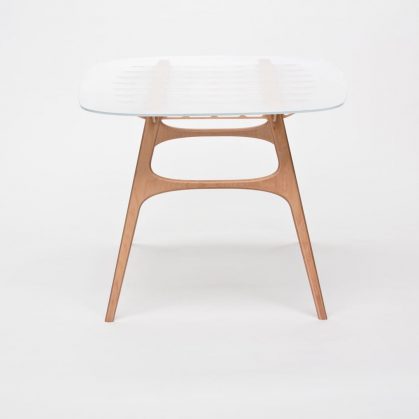
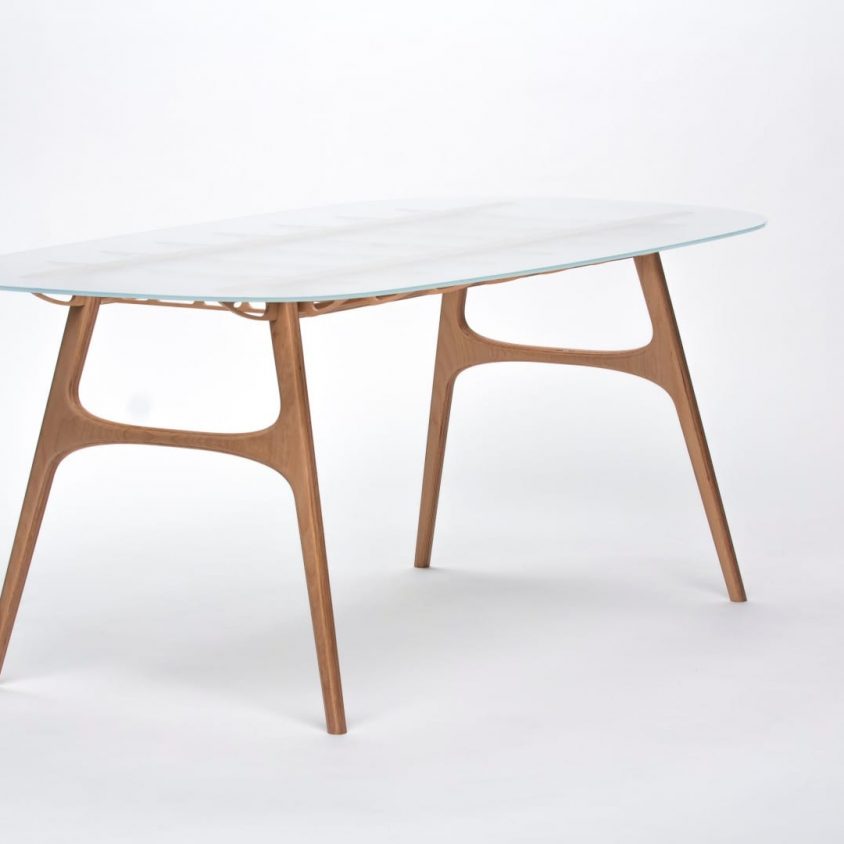
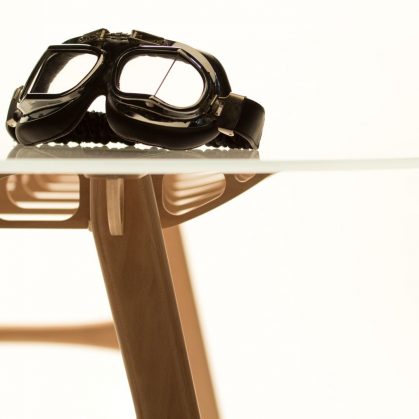
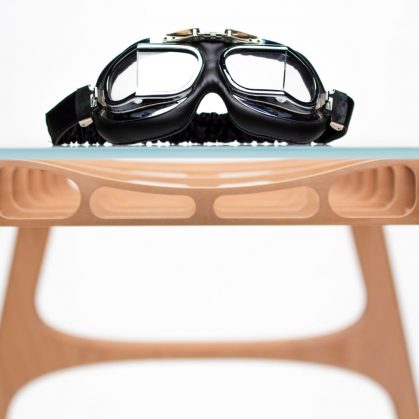
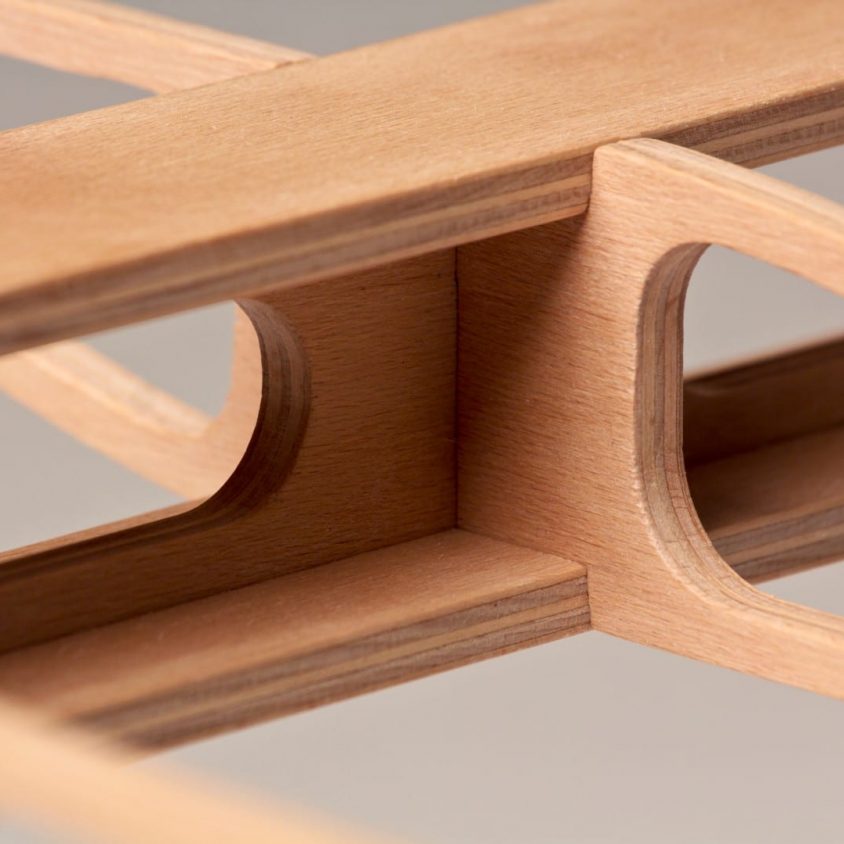
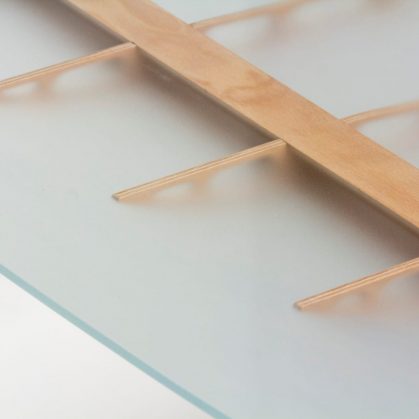
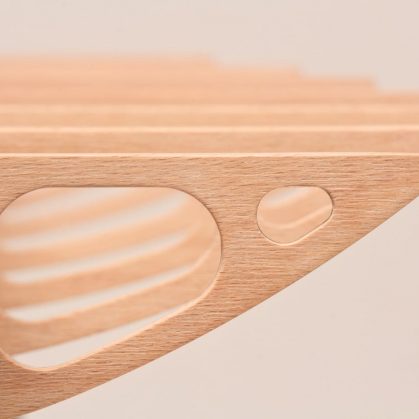
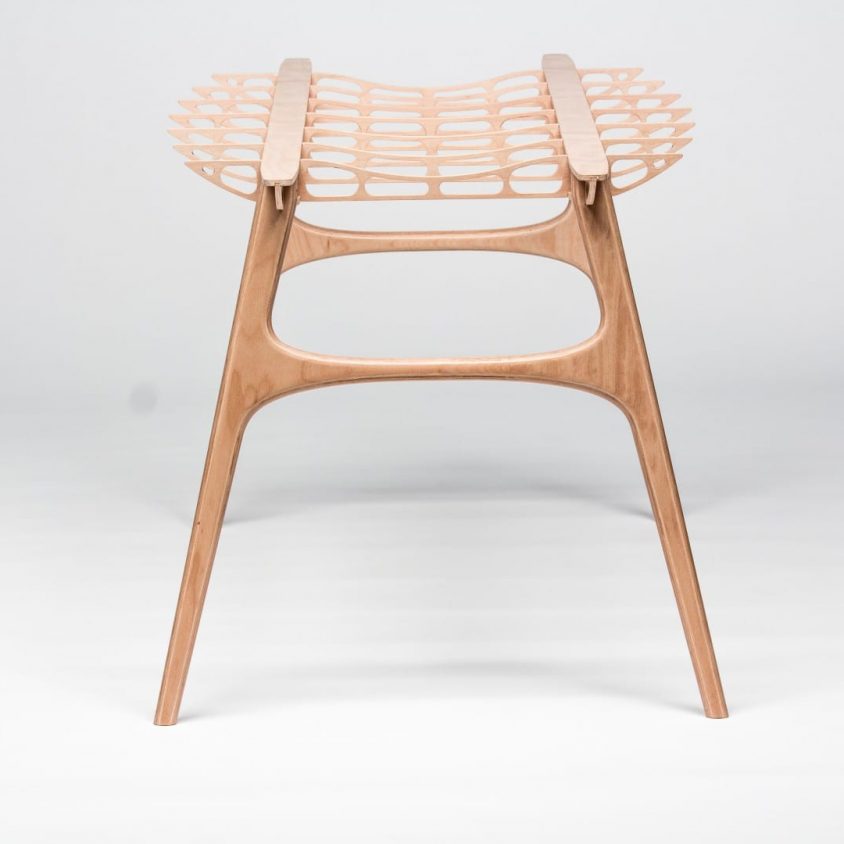

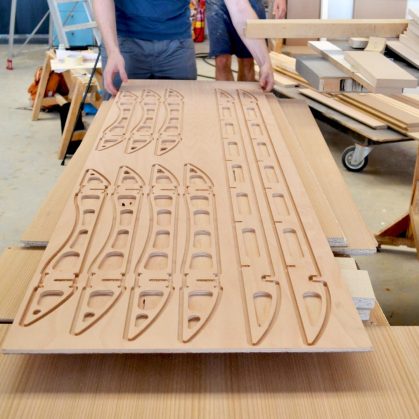
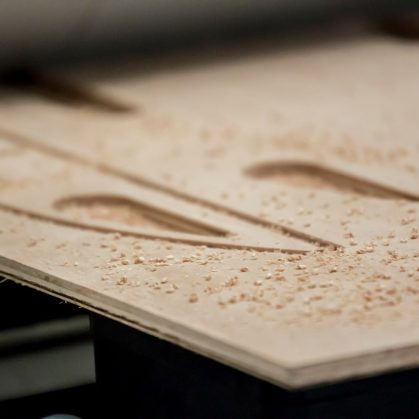
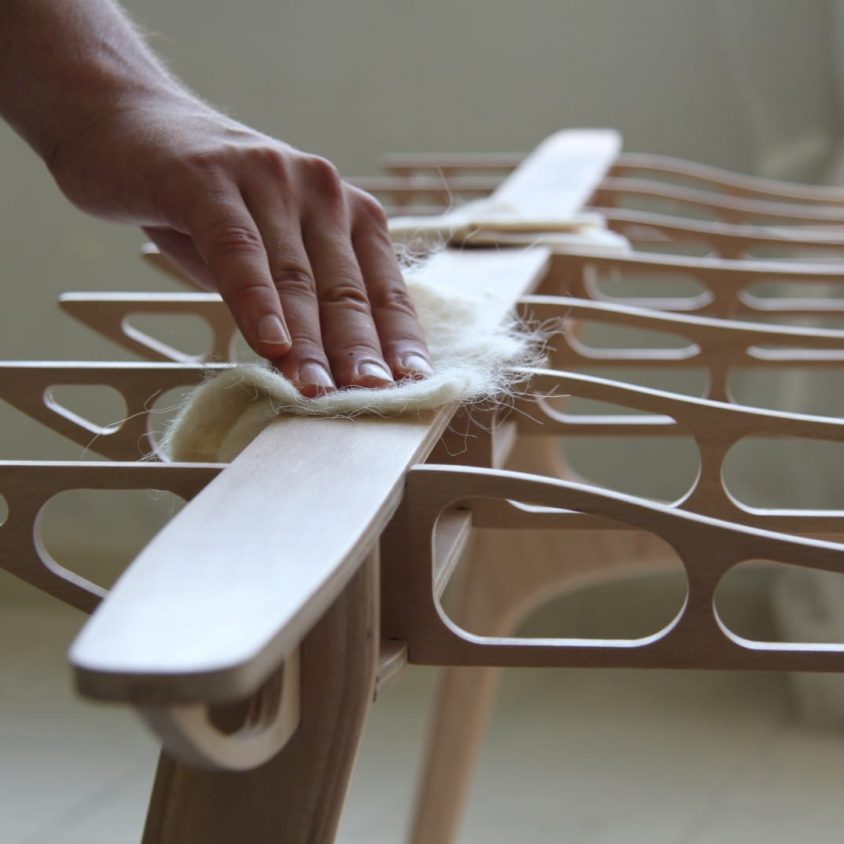
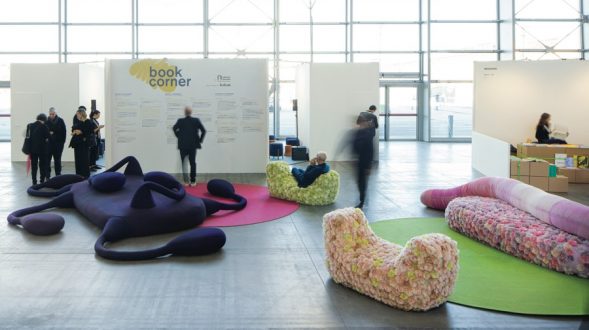 Paola Lenti en Artissima
Paola Lenti en Artissima ELIANTO de Paola Lenti
ELIANTO de Paola Lenti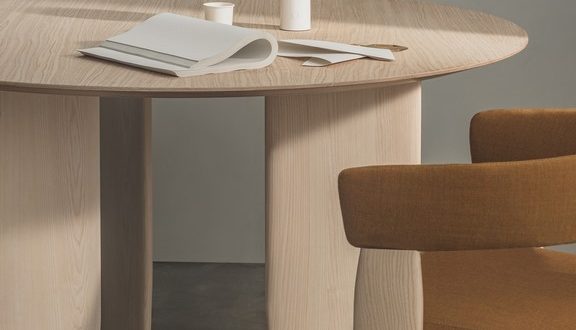 Colección Õru de Patricia Urquiola
Colección Õru de Patricia Urquiola Minimalismo lúdico de Ucrania
Minimalismo lúdico de Ucrania
